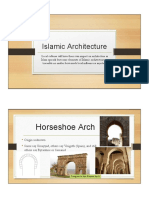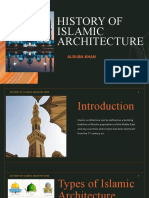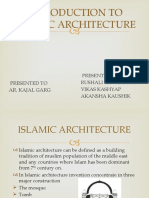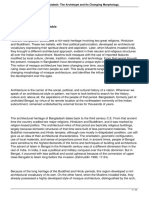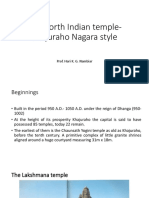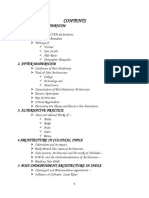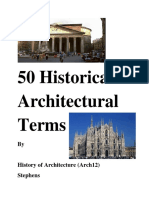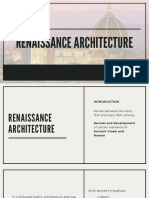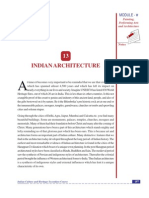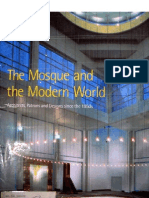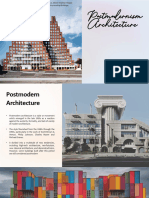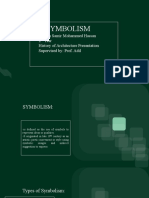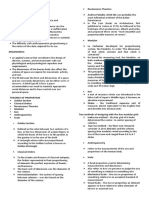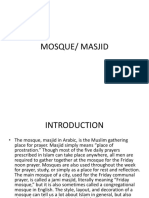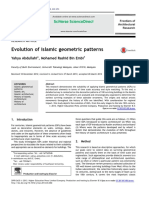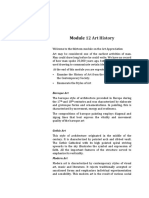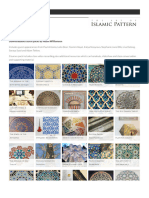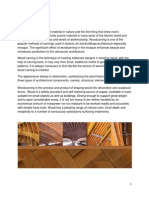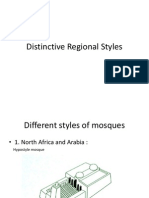0% found this document useful (0 votes)
68 views17 pagesIslamic Architecture Overview
The document discusses Islamic architecture, highlighting its influences, key characteristics, and various structures such as mosques, palaces, and gardens. It explores climatic, geographical, geological, historical, religious, and social influences that shaped the architectural style, along with specific features like arches, domes, and minarets. The document emphasizes the integration of religious beliefs and cultural practices in the design and function of Islamic buildings.
Uploaded by
Hans AquinoCopyright
© © All Rights Reserved
We take content rights seriously. If you suspect this is your content, claim it here.
Available Formats
Download as PDF, TXT or read online on Scribd
0% found this document useful (0 votes)
68 views17 pagesIslamic Architecture Overview
The document discusses Islamic architecture, highlighting its influences, key characteristics, and various structures such as mosques, palaces, and gardens. It explores climatic, geographical, geological, historical, religious, and social influences that shaped the architectural style, along with specific features like arches, domes, and minarets. The document emphasizes the integration of religious beliefs and cultural practices in the design and function of Islamic buildings.
Uploaded by
Hans AquinoCopyright
© © All Rights Reserved
We take content rights seriously. If you suspect this is your content, claim it here.
Available Formats
Download as PDF, TXT or read online on Scribd
/ 17



